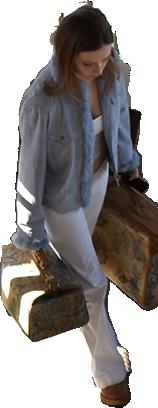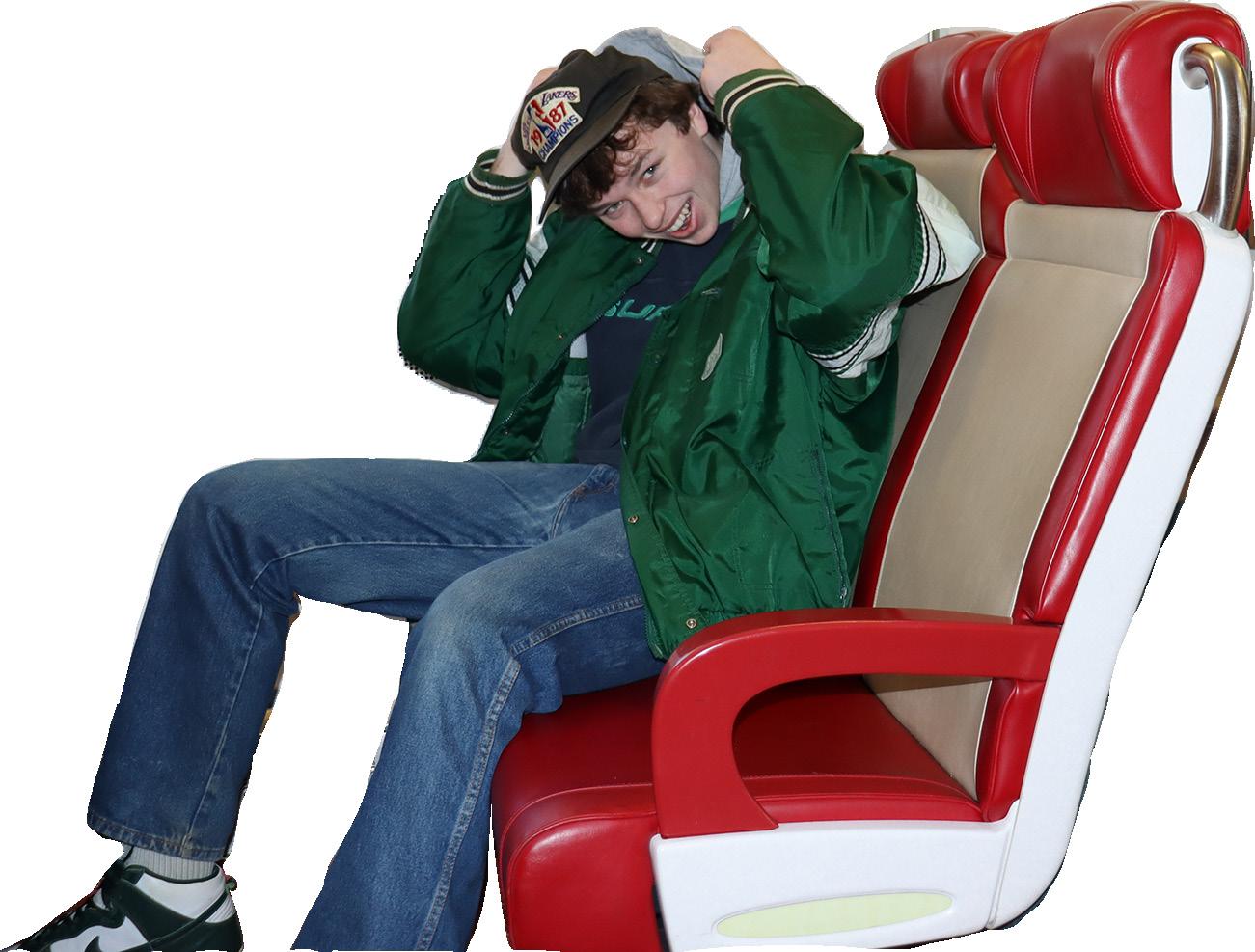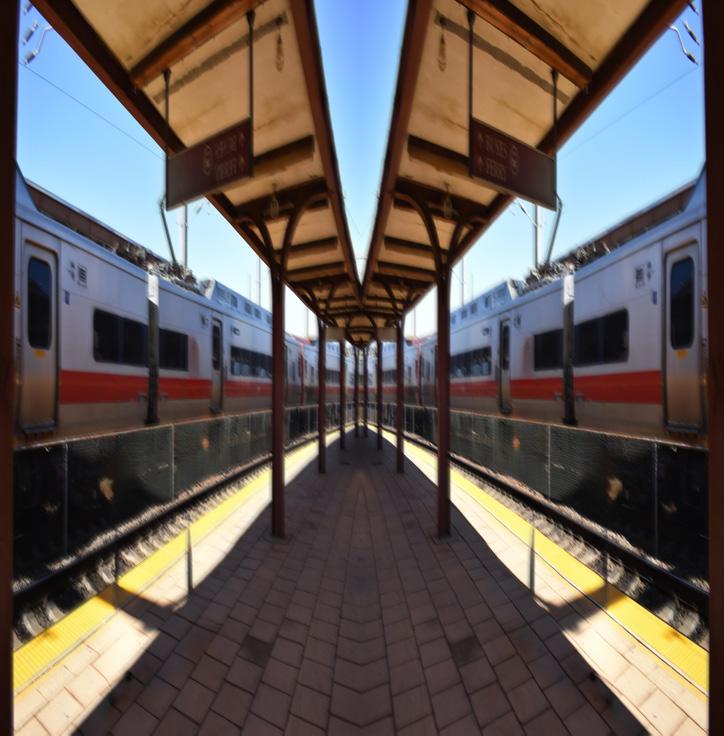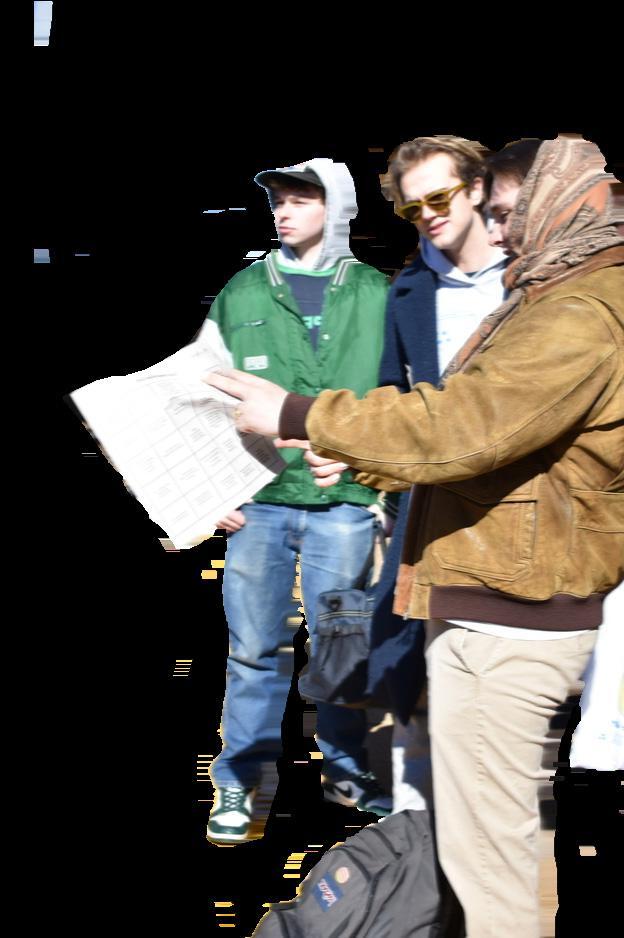CanJams:LatestinTechandAccessory
In a state of hyper-individualism, the Tik-
es, as everyone aims to style their

Tok algorithm knows how to play to the mass-
accessories to stand out from the rest.
revival.
newest statement piece. As trends spread rap-
Enter: chunky headphones. These over-the-head cans have been dubbed the
idly through social media and TikTok, this is
a complete 180 from the 2021 wired head phones
trend sported by Bella Hadid during the Y2K
We have seen a resurgence of trends from the 80s and 90s that romanticize the past, leaning into the retro era of walkmans and vinyl resulting in the chunkiest headphones possible. The noise cancellation and personalization capabilities of such chunky headphone styles promise an experience indistinguishable from a John Hughes movie soundtrack on your daily commute.

A BRIEF HISTORY OF TRAVEL FASHION

The intersection of travel and fashion is an incredibly natural convergence; fashion is often directly inspired by travel. The “resort” season of designer fashion is entirely dedicated to one’s time spent on vacation. But what people wear to and from their destinations evolved in conjunction with the popular transportation methods and the affordability of travel as a
Beginning with car travel in the 1800s, people wore long “car coats,” gloves, visors, and hats to protect them from dirt in the mostly open-air vehicles. On trains, they suited up in dusters and veils to protect themselves from smoke inhalation and their outfits from soot. In the 1920s, with the emergence of the middle class, travel became more accessible to the general population. In the June 1925 issue of Vogue, the magazine outlined the standard of travel attire stating, “The boat is the country, and the train is town in the morning.” Soon, with the increased cleanliness of train and automobile travel, people began to dress up for their journeys. If you could afford to travel, you showcased this wealth through your outfit. With the sudden popularization of air travel, clothing choice became a matter of etiquette. The invention of fabrics such as rayon, viscose, and nylon was essential because they were wrinkle-resistant (helpful for long flights) and easily washable in hotel sinks



upon a traveler’s arrival. Because of airplane weight restrictions, clunky trunks were out, and small carry-on bags were in. In the 1970s, as air travel became more affordable and to younger generations, traveling via airplane became a social event.
The culture of smoking and drinking on planes encouraged flirtation, so the hope of an airplane romance remained in the back of every young traveler’s mind. People dressed to

impress!
The overall decline in dress formality has moved travel fashion into an era of comfort and practicality. We’ve seen the elevated loungewear look (popularized during the pandemic) make its way into our airports. In the age of social media, people look at influencers for inspiration, so their acceptance of the couture jogger has compounded the style’s success. Yet, more and more people are traveling

for business rather than pleasure, and the specific attire needed at their destination ultimately carries over into their airplane outfits. Perhaps a happy medium is found in the words of celebrity stylist Micaela Erlanger: “Travel is an extension of your lifestyle and I believe in having a put-together look that’s still comfortable.” Ultimately, the choice to dress up or down during travel depends on the person and the situation; at this point in time, either option is entirely acceptable. But who knows if and when this might change.

yb ella
rudisill
 caroline skrebutenas
caroline skrebutenas
An empty suitcase sits on your bedroom floor. The weather app is open on your phone, and you have exactly thirty minutes to pack before you leave for your destination. This is the art of packing- a careful and tedious race against personal style, efficiency, time, and space. What do we deem essential when traveling, and how can minimalistic thinking benefit resourceful and productive traveling in the age of overconsumption?
In the 1970s, Susie Faux, a London-based boutique owner, coined the term capsule wardrobe, defined as a collection of limited high-quality clothing items that transcend time and can be styled throughout multiple seasons (VETTA Capsule, 2019). Usually consisting of neutral-toned pieces, this wardrobe is intended to maximize time and save money for the buyer. Capsule wardrobes are becoming increasingly prevalent in the world of fashion and organizational sustainability, pioneered by style bloggers like Caroline Rector (Un-fancy) and organization consultant Marie Kondo (Spark Joy).




how to limit your luggage: the art of packing through capsule wardrobing by
However, while capsule wardrobes usually reflect a person’s entire collection of clothing, the same core principles can be applied to one’s suitcase given how practical and financially wise “underpacking” is in the world of travel. Not bringing enough stuff remains a perpetual fear for people when leaving their homes for the sake of travel, as we equate many of our belongings as equal to each other regardless of actual need. Yet, it is profoundly hard to under-pack in this age of overconsumption, and most forgotten clothing items can be accessed anywhere with the ubiquity of department and
Travel capsule wardrobes can be the solution to thisyou don’t need 5 pairs of jeans for a weekend trip home from college, but trading some pairs out for your mom’s vintage graphic tee and a versatile denim jumper would minimize space. This process can indirectly help with personal consumption as well, as it gives an overview of what you actually wear and how to pear down on your belongings. If you don’t need five pairs of jeans for a trip, do you really need five pairs of jeans at all?
Unlike Faux’s belief in neutral expensive clothing as the base of a good capsule($100 brand-name trousers, button-downs, and tweed coats), you don’t have to sacrifice your money and personal style for the sake of productive packing. Capsule wardrobe creation can, and should, exist for maximalists, as justifying bold statement pieces for short periods of vacation or getaways can be easily done. Rethink how you pack and be thoughtful about your time and space- capsule wardrobing can save your suitcase.





Is Travel Fashion on Autopilot?
 By Pierce Marra
By Pierce Marra
Looking down at my jeans as I wait eagerly for my plane to board, I wonder why I have jeans on in the first place. Why am I not wearing shorts, sweatpants, or something more comfortable? The question looms over me as I finally step onto the plane, thinking about the movement that I am a proponent of. Airport fashion: the difficult balance between style and comfort, the confusing want (or not) to be eye-catching while catching your red eye. Who knew that the airport could magnify the connection that is social perception and fashion, but I find myself in the Philadelphia airport asking, who am I dressing for?
Fashion controls the world. Generations are defined by certain pieces or looks that resurface every twenty years or so. That being said, fashion is a cyclical phenomenon, operating in such a scientific way that we forget it isn’t human nature. Back in the day, when travelers donned their nicest clothes for their voyages, it was to reflect the wealth and class standing necessary to travel. Nowadays, I see a traveler’s outfit choice as a preview of their personality.

Although the airport is w here we pass by hundreds of people we will likely never see again,
the historical draw to impress and be seen is compounded with the desire to give a preview of our personality. Fashion’s repetitive and cyclical nature applies to travel fashion especially. Until fashion is obsolete, or until we live in some sort of Divergent-esque dystopian society with no creative control over our clothes, the cycle will continue. The alternation or the intersection of comfy and chic will keep rotating. I fervently support the retrospective airport fashion movement; there is excitement (and nostalgia) in dressing up to get on a plane. My hope is for the resurgence of matching luggage sets and briefcases as simply accessories.
However, dressing down seems to be coming back into style when traveling. After COVID travel restrictions were lifted, we saw people dressing up to do everything—go to the market, the airport, anywhere that you could wear a nice outfit without looking gauche. As the novelty of being out and about has dissipated, the desire to dress up has as well. Until then, we will wait for the next interval to begin, spiraling into a season of leisurewear. As for me, I’ll be keeping my jeans on, waiting for the day where this is again the norm…
When I arrive at my destination, I want to be ready to experience it immediately.
I think experiences can be defined or identified by the outfit you were wearing at the time. Wouldn’t you rather look your best for your memories?


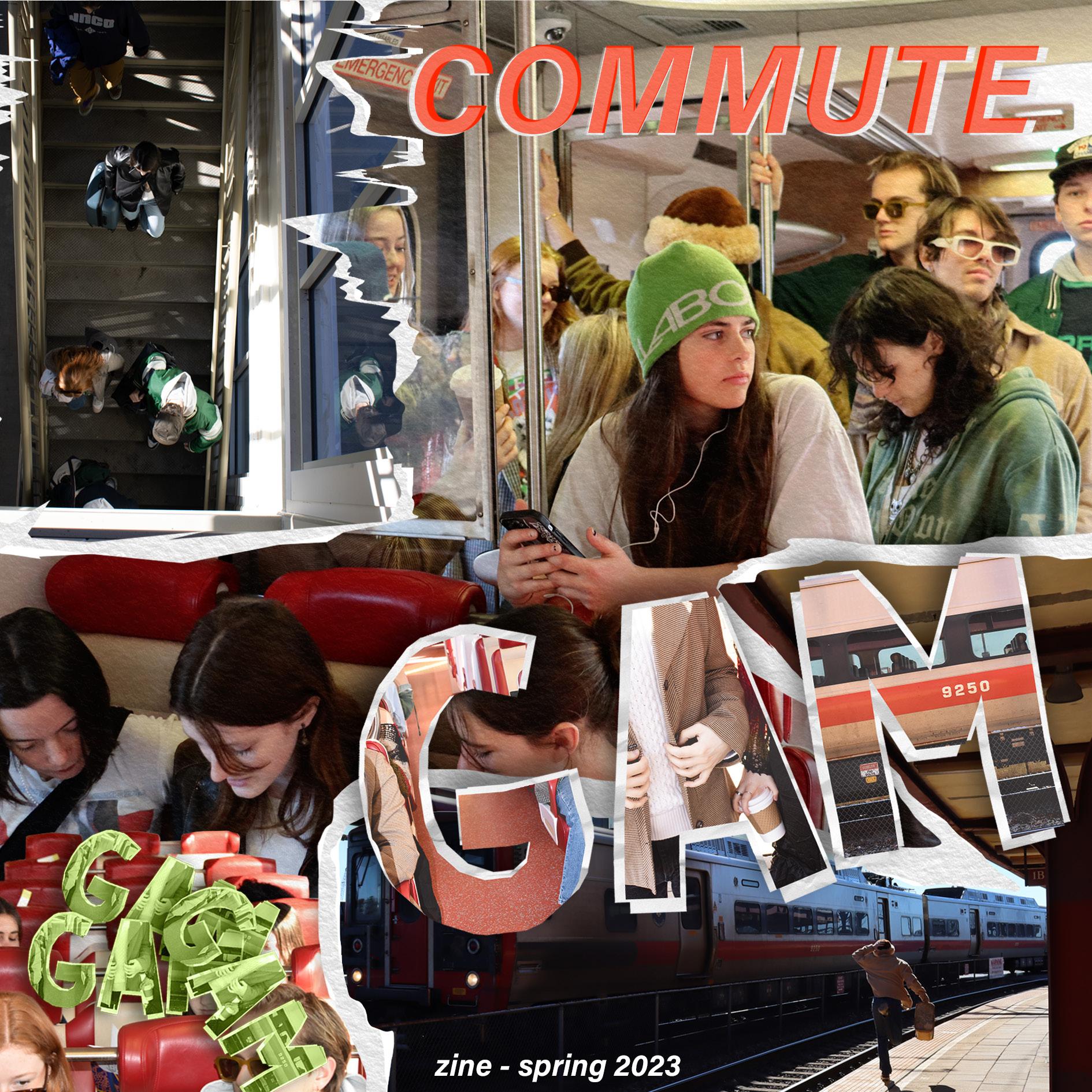


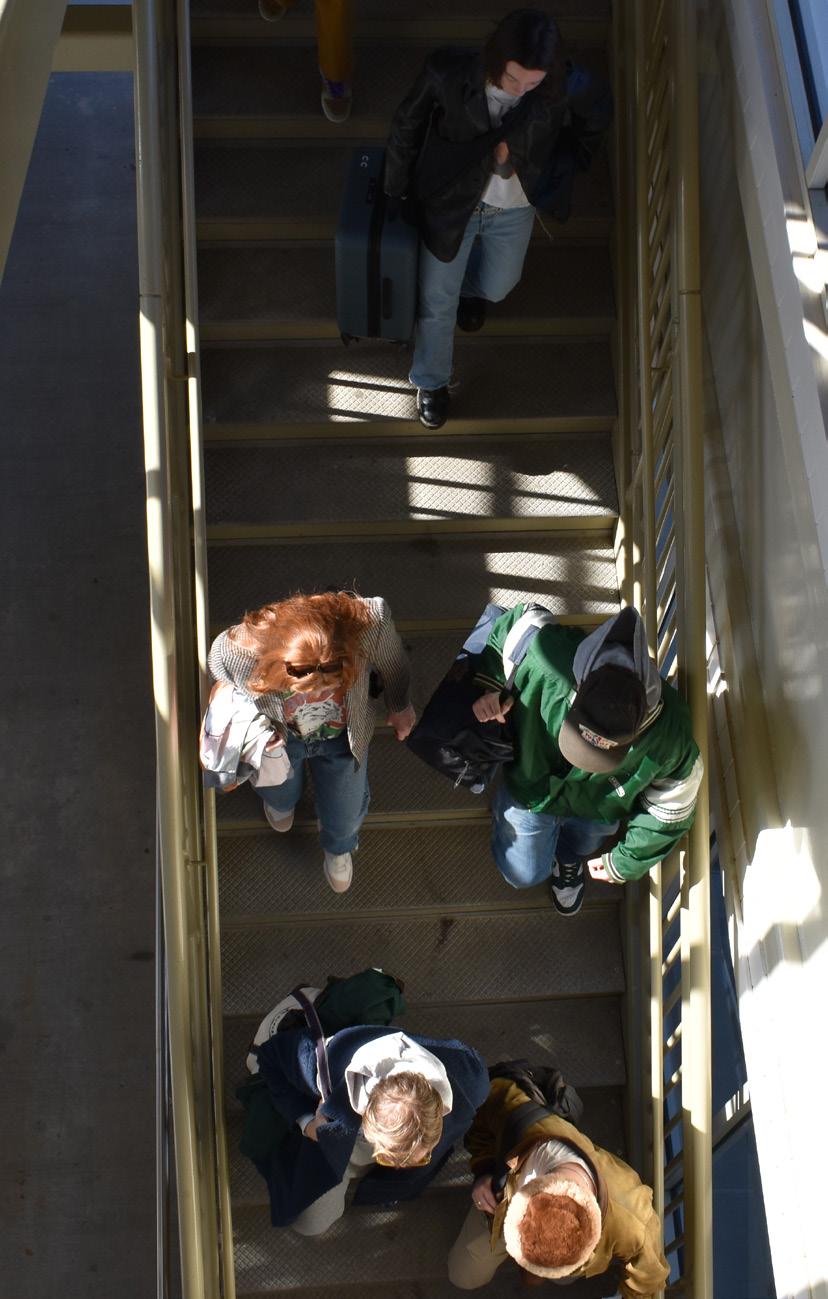
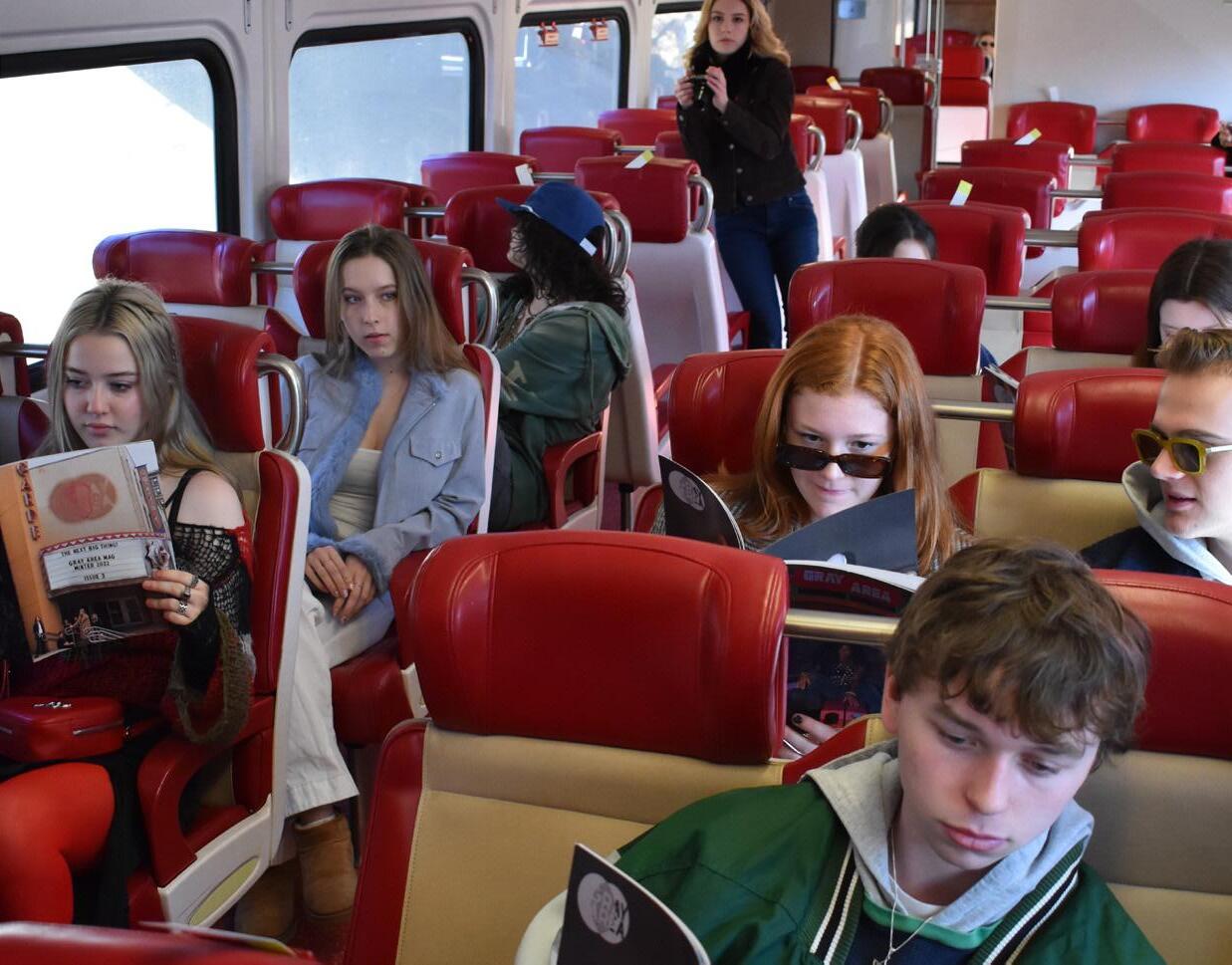
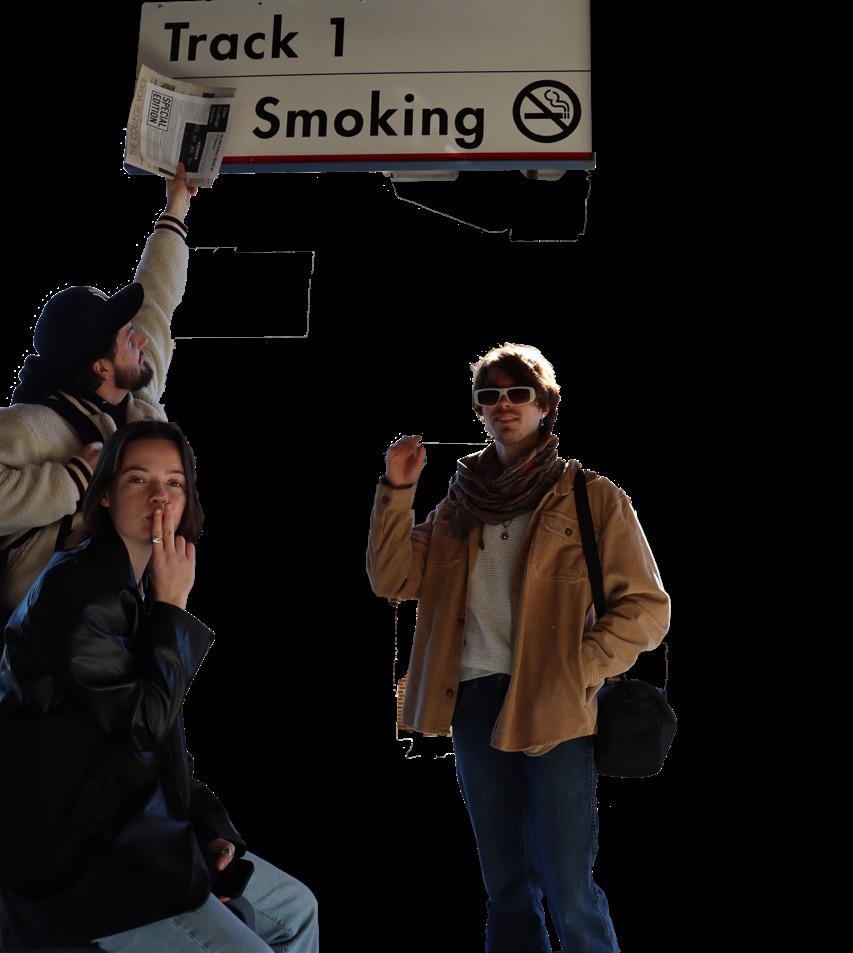

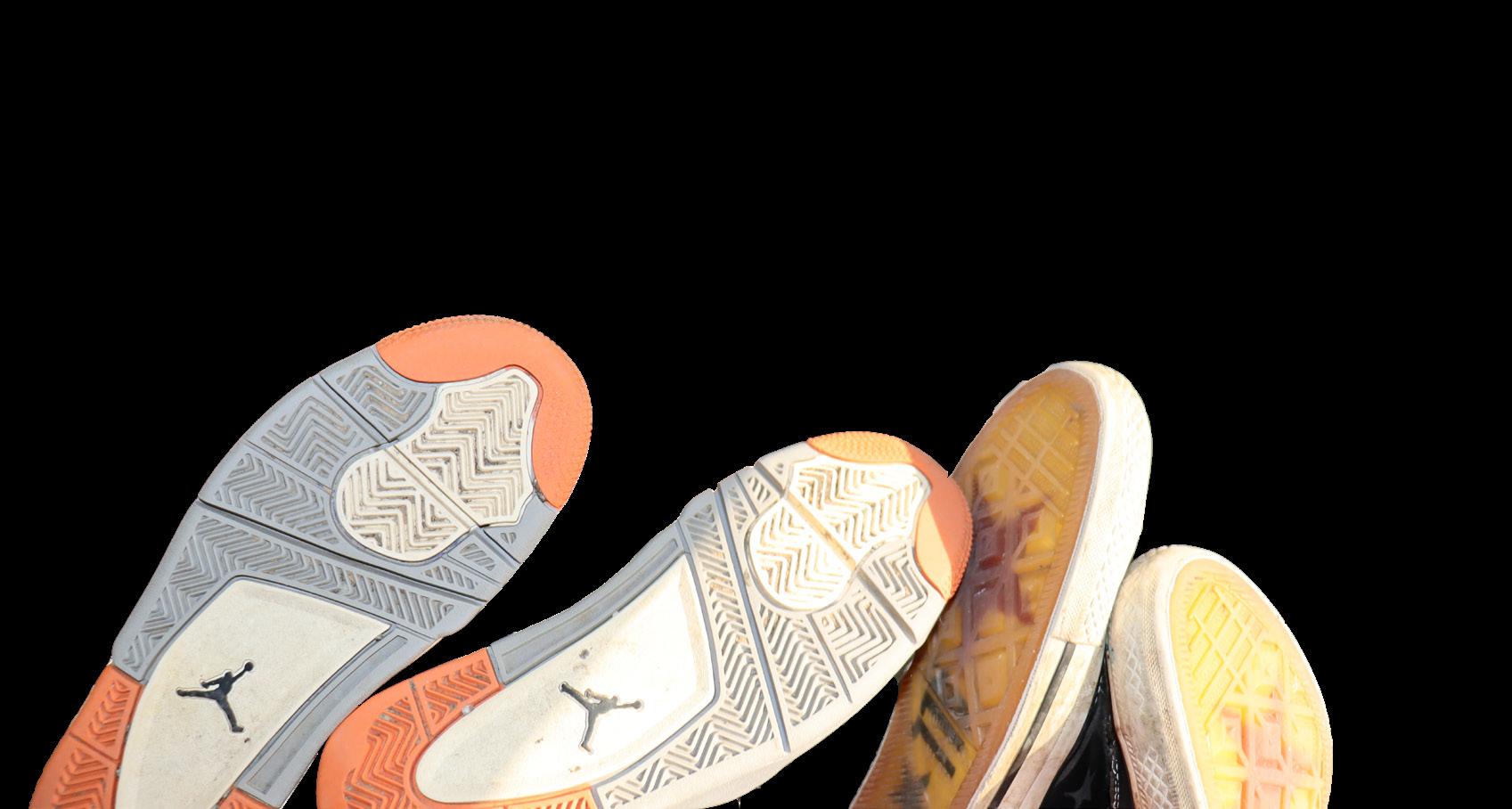

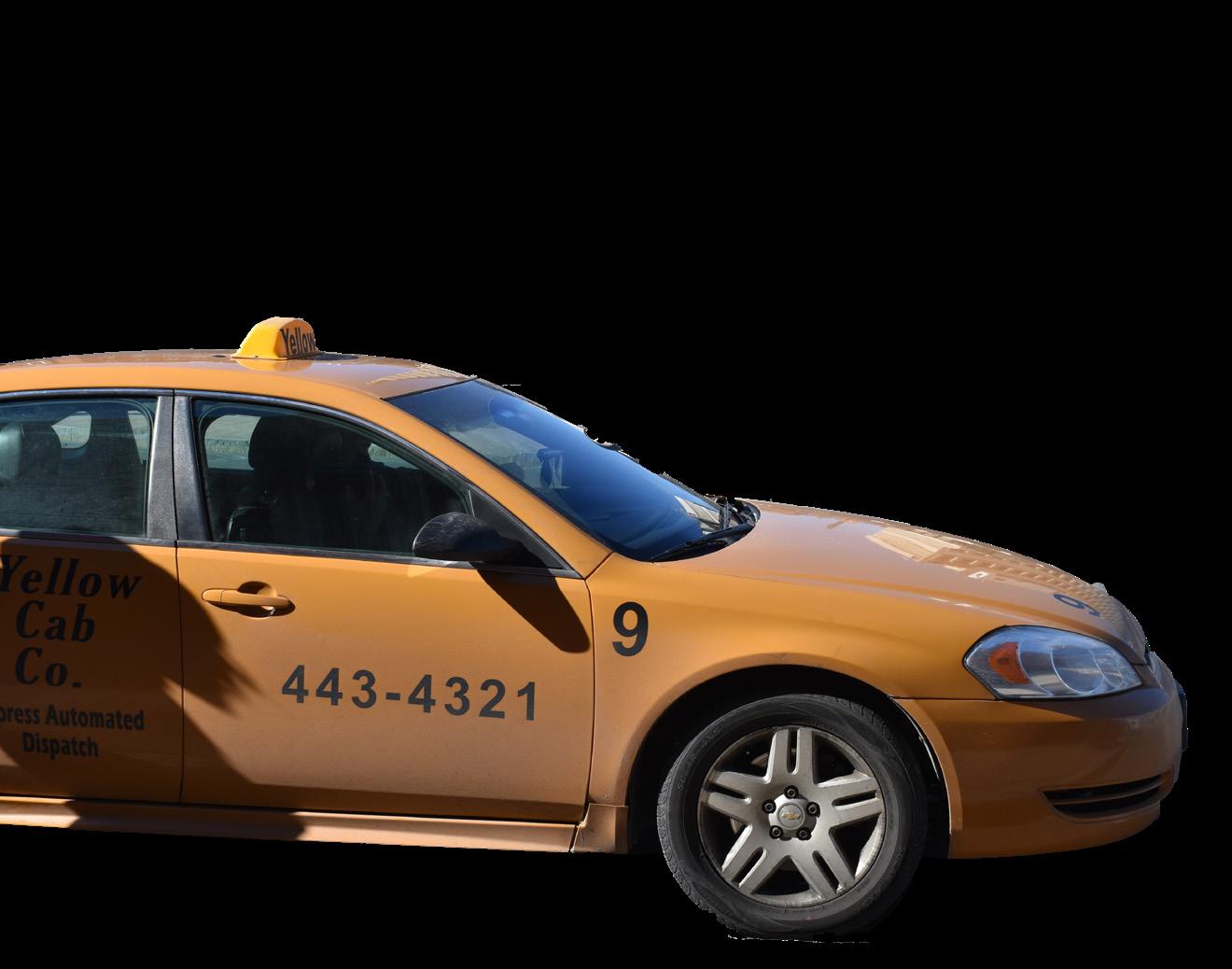






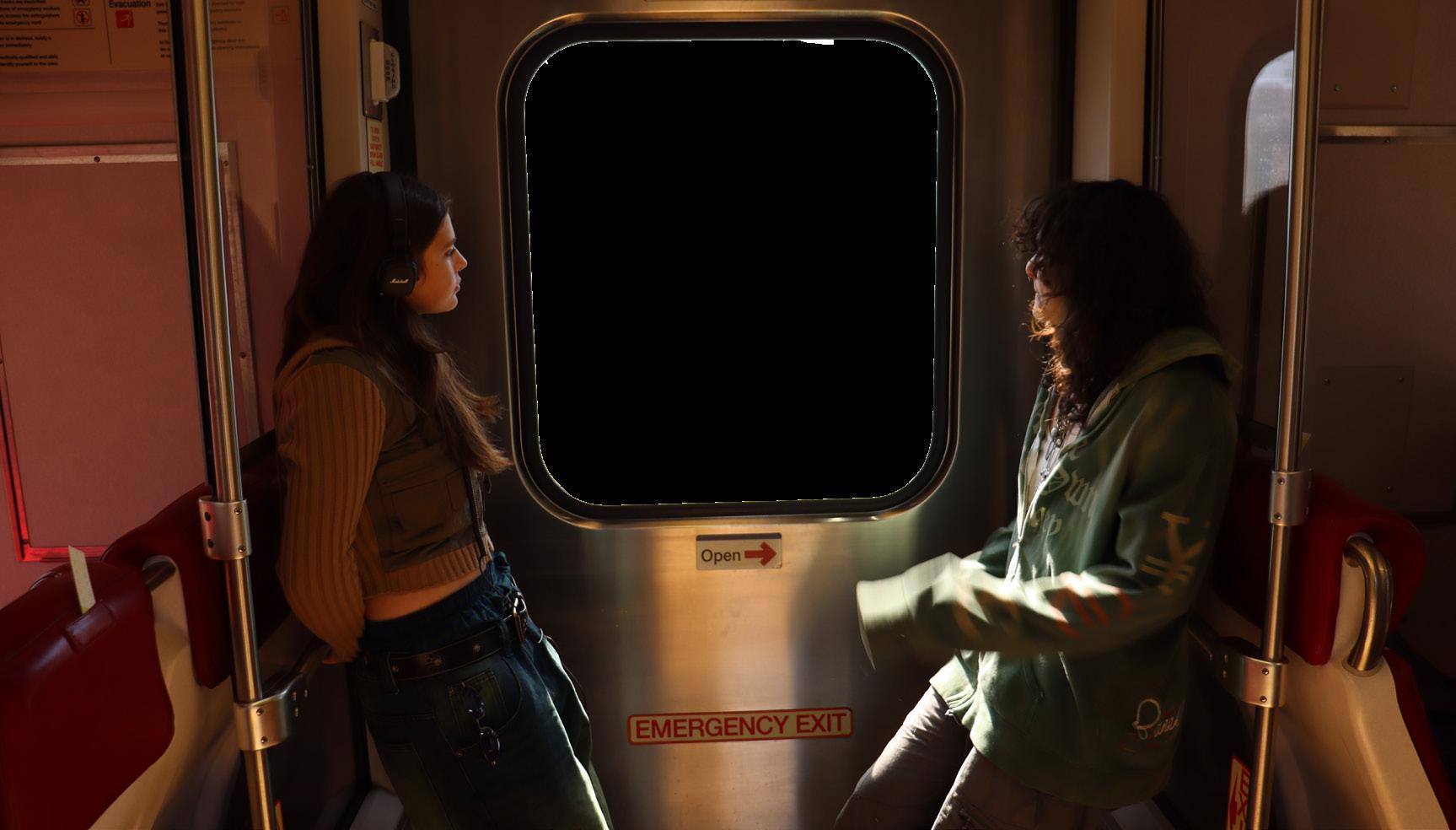


 -Kendrick Hawkins, Editor-in-Chief
-Kendrick Hawkins, Editor-in-Chief

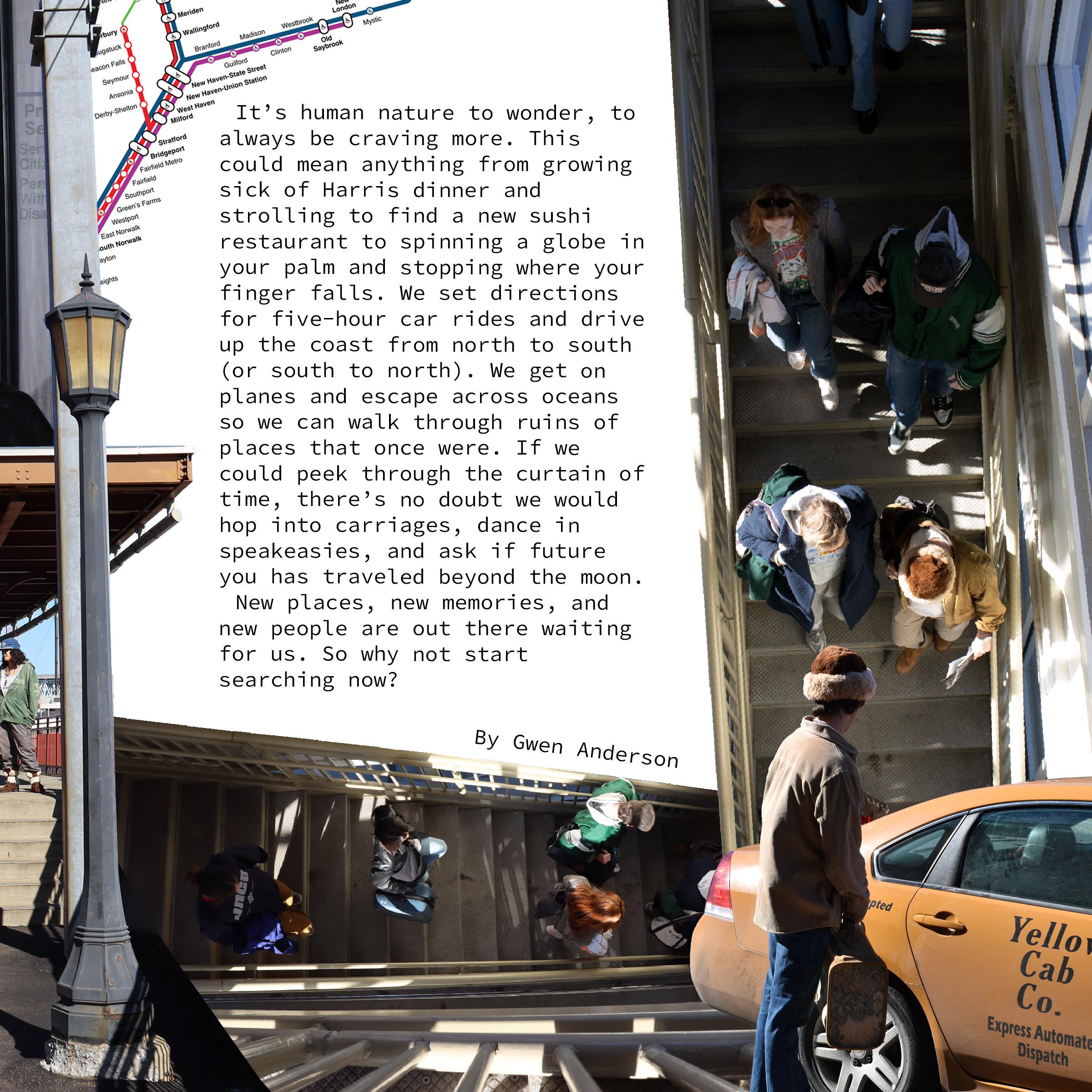










 caroline skrebutenas
caroline skrebutenas








 By Pierce Marra
By Pierce Marra







